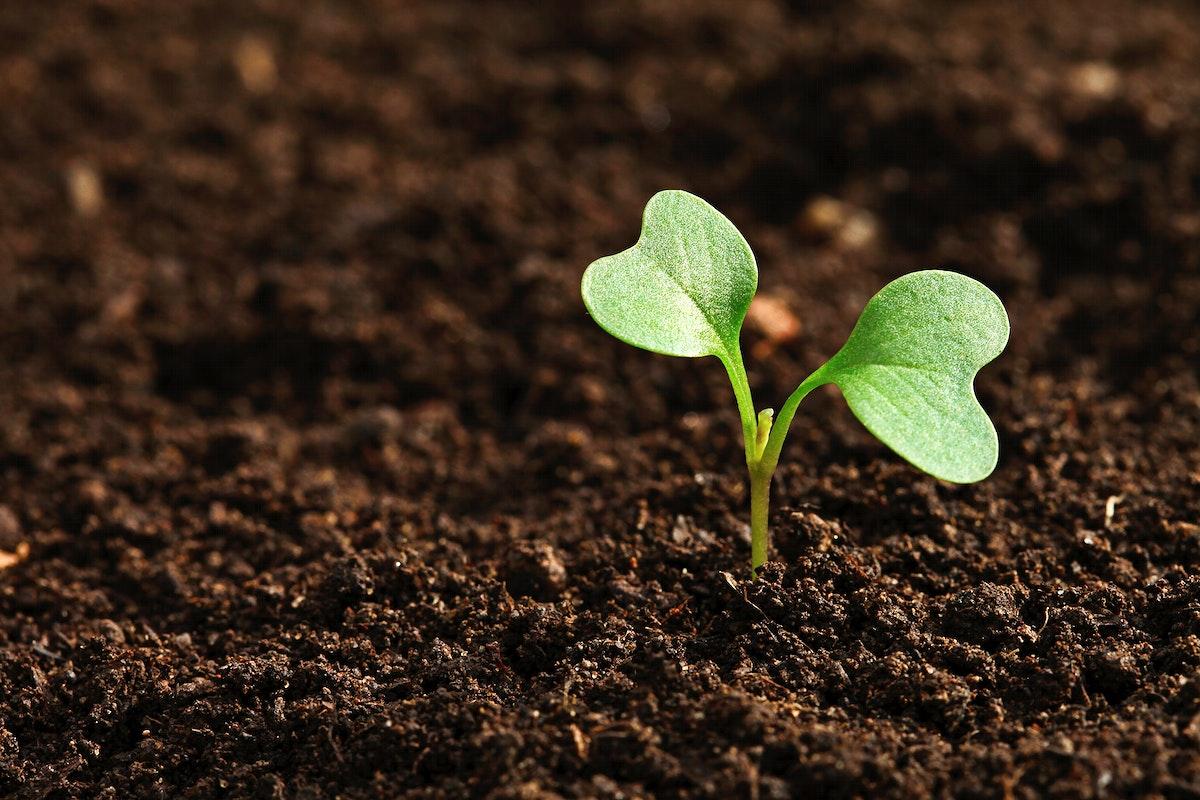
Pumpkin Jack Part One
by Kiera Lombardi
This lesson includes fourth grade reading, writing, math, science, and engineering standards. The potential is endless with additional enrichment activities. Students participate in the nurturing and observation of a pumpkin from seed to harvest. While identifying text structure, main idea and details, and summarizing texts, students can apply their knowledge of in-class learning to real-world application of growing plants. While observing the plant, students can participate in measurement involving fractions and decimals. They will take pride in their plant, observe, gather data, and even touch on their empathy skills.
Lesson Grade Level
4th GradeLesson Plan Link/URL
https://docs.google.com/presentation/d/1MHltjuono818jJF8e2yOPlVsTJcuPr0X/edit?u…Subject Area
Science Physical Science P4: Energy Transfer Life Science L2: Organisms & Energy Technology 2. Digital Citizen Engineering S2: Apply the Engineering Design Process Mathematics Counting and Cardinality (CC) Operations and Algebraic Thinking (OA) Number and Operations in Base Ten (NBT) Number and Operations—Fractions (NF) Measurement and Data (MD) Number & Quantity (N) English Language Arts (ELA) Reading (Literature) Reading (Informational Text) Writing Speaking & Listening
Featured
On
Related Content

Grades:
4th Grade
Students will learn how weather and climate can impact planting in this second lesson out of 4. Agenda What is weather? What is climate? What is the difference between weather and climate? How will

Grades:
6th Grade, 7th Grade, 8th Grade
This middle school lesson covers the concept of air resistance. Students work in teams of 3 with a list of materials to design, build, and test 3 parachutes that will maximize the air resistance of a

Grades:
6th Grade
Students explore the limiting factors of yeast over 2-3 days. The materials needed are yeast, sugar, water, ice, tea kettle, empty soda or water bottles, balloons, graduated cylinder, string, ruler